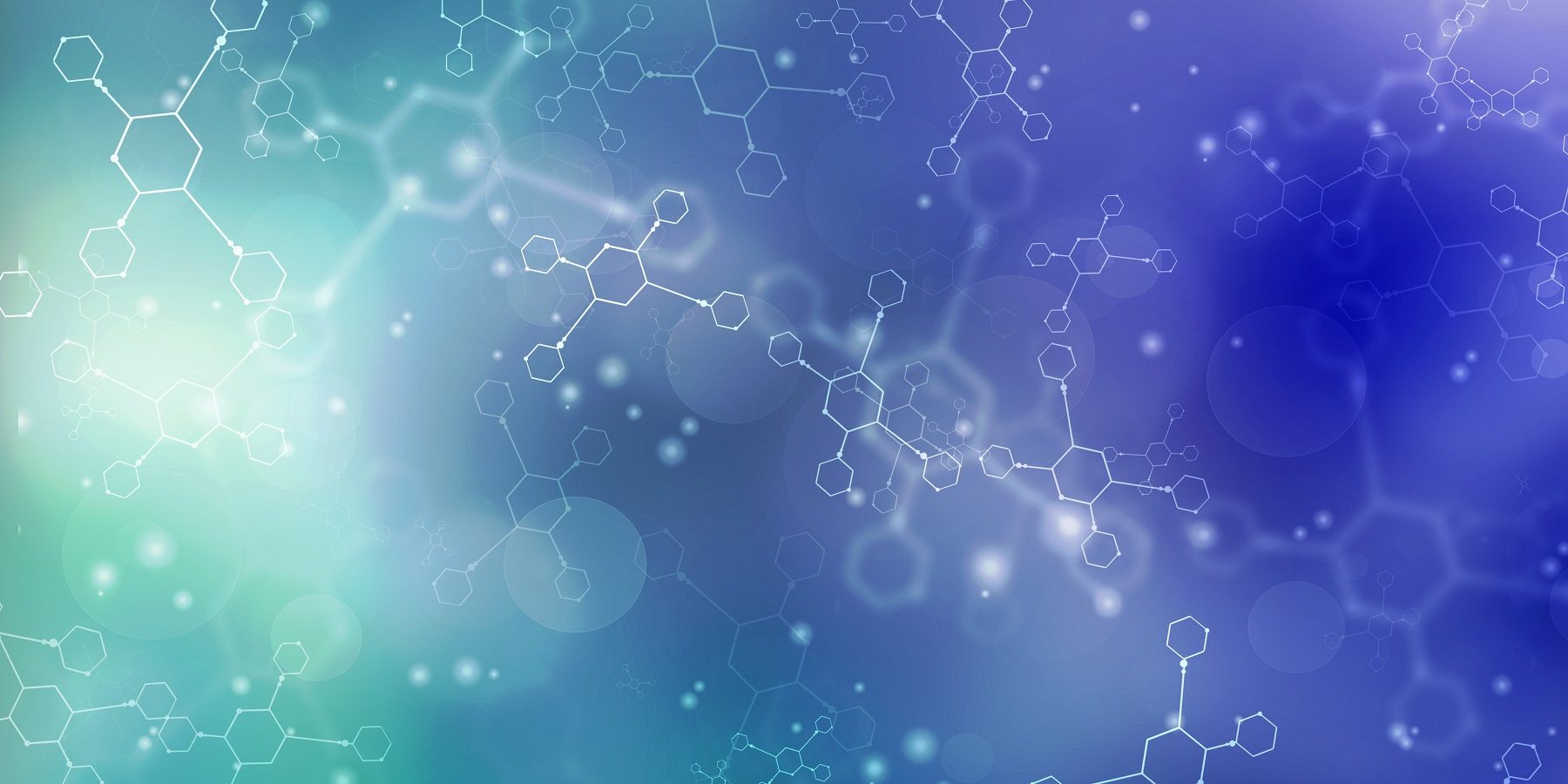Indications
Nicorandil is indicated for the prevention and treatment of chronic stable angina pectoris. It is also utilized to reduce the risk of acute coronary syndromes. This dual-purpose makes it a valuable therapeutic agent in the management of cardiovascular conditions associated with angina.
Pharmacodynamics
Nicorandil functions primarily as a potassium channel opener and acts as a nitrovasodilator. Its unique mechanism allows it to serve as both an arterial and venous dilator, facilitating increased coronary blood flow. Importantly, this enhanced flow is achieved without inducing the coronary steal phenomenon. The activation of potassium channels results in hyperpolarization of smooth muscle cells, leading to arterial dilation and a subsequent reduction in afterload. Furthermore, nicorandil promotes pooling in the capacitance vessels and reduces preload by relaxing the venous vascular system. These actions collectively contribute to improved cardiac blood flow and a reduction in infarct size by decreasing end-diastolic pressure and extravascular vascular resistance. Various studies have demonstrated nicorandil's effectiveness in treating different forms of angina pectoris.
Absorption
Nicorandil is efficiently absorbed from the gastrointestinal tract following oral administration, boasting an oral bioavailability of 75%. Peak plasma concentrations are typically reached within 30 to 60 minutes, with mean peak levels approximating 300 ng/ml. When administered twice daily at doses of 10 or 20 mg, steady-state plasma concentrations are usually attained within 96 to 120 hours.
Metabolism
Nicorandil undergoes extensive hepatic metabolism. The primary pathways involve denitration followed by metabolism of nicotinamide. The main inactive metabolite, 2-nicotinamidoethanol, can be identified in urine. Additionally, the nicotinamide metabolism of denitrated products yields several derivatives, including nicotinuric acid, nicotinamide, N-methylnicotinamide, and nicotinic acid. These metabolites are indicative of nicorandil's comprehensive metabolic processing in the liver.
Mechanism of Action
Nicorandil exerts its therapeutic effects through two primary mechanisms. Firstly, it serves as an activator and opener of ATP-sensitive potassium channels (KATP channels), which are composed of Kir6.x-type subunits and sulfonylurea receptor (SUR) subunits. The binding sites for Nicorandil reside within the sulfonylurea receptor 2 (SUR2) on the ATP-sensitive potassium channel 4. These are regulatory subunits exhibiting ATPase activity. There are two types of SUR2 subunits, namely SUR2A and SUR2B, both containing identical nucleotide binding domains (NBD). SUR2A is predominantly found in skeletal and cardiac myocytes, while SUR2B is more common in smooth muscle cells. Nicorandil more effectively activates the SUR2B/Kir6.2 channels compared to SUR2A/Kir6.2, causing membrane hyperpolarization. This process is influenced by the interaction of ATP with NBD1 and further facilitated by the interaction of ATP or ADP with NBD2. The enhanced activity of ATP-sensitive channels plays a cardioprotective role by curtailing the duration of action potentials and preventing intracellular calcium overload, thereby preserving cellular energetics and promoting cell survival. Furthermore, KATP channel-dependent membrane hyperpolarization leads to vasodilation by reducing calcium influx through voltage-gated calcium channels and regulating intracellular calcium mobilization in smooth muscle cells.

